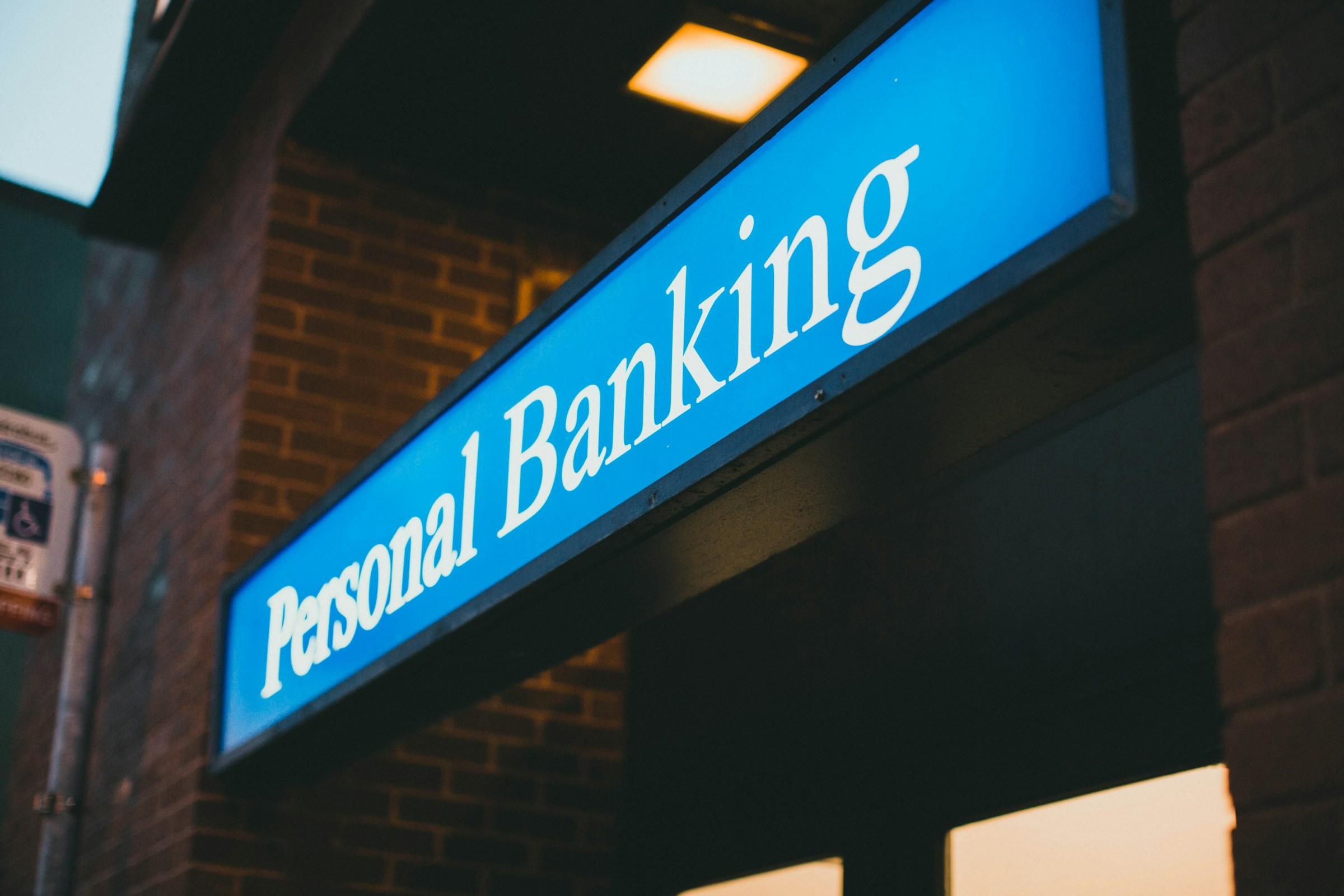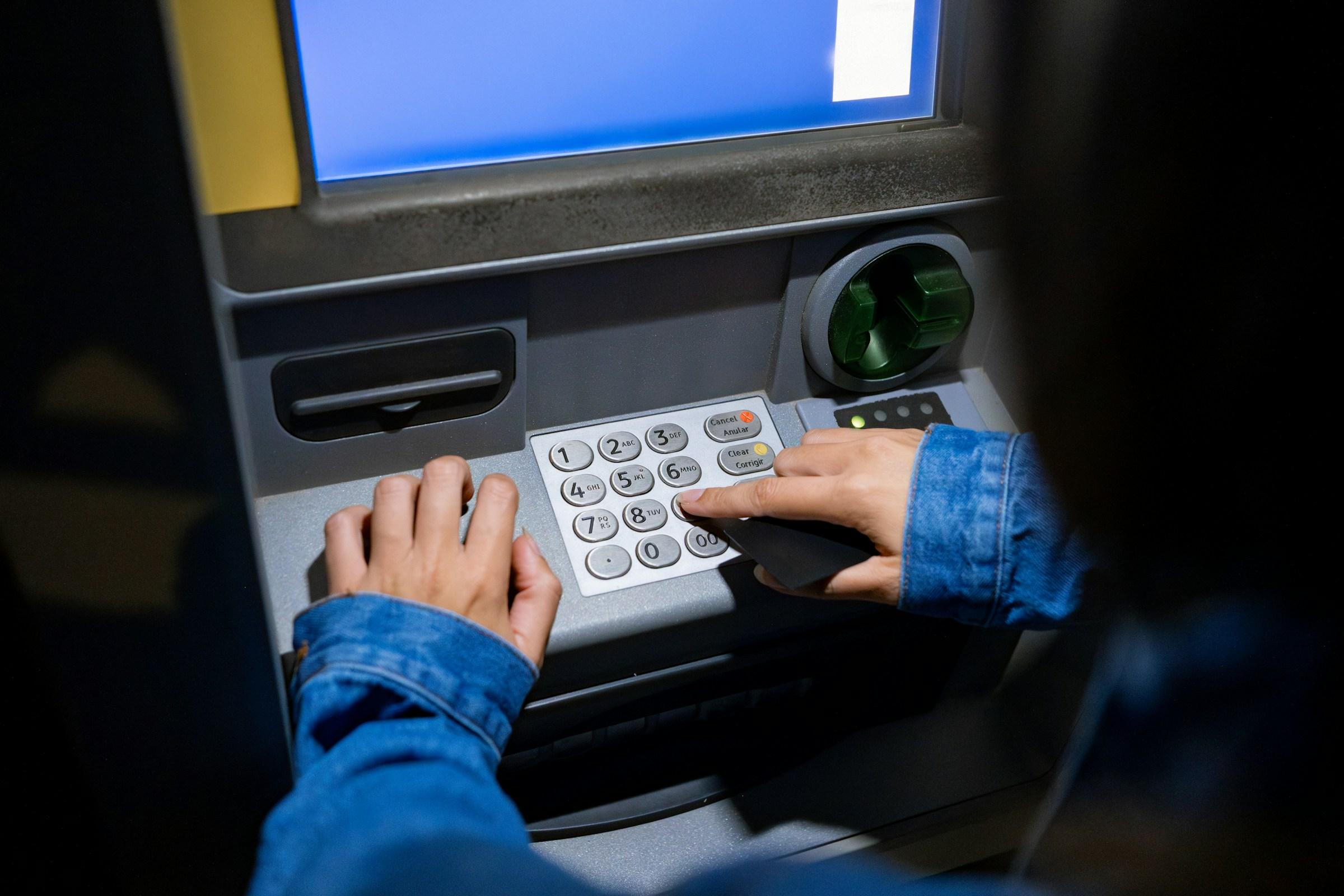The price of a big night out has been climbing for years, while the culture of fandom has become a year round presence. People follow artists, teams, and creators across apps and platforms, they collect drops and merch, and they plan social calendars around tours and seasons. At the same time, many buyers live with pay cycles that do not line up neatly with ticket on sale dates. That mismatch between desire and timing is where split payments live. When a buyer hesitates at checkout because the full amount lands on the wrong week, a sale that should have happened slips away. For ticketing companies and promoters, that lost moment is not a simple miss. It cascades into empty patches on seat maps, weaker attach rates for add ons, and uncertainty for events that must pay real world bills long before showtime. This is the practical reason many ticketing platforms are turning to buy now pay later. The value is visible in faster conversions during narrow on sale windows, in higher average order values for groups that want to sit together, and in earlier cash certainty for organizers who carry production costs well ahead of the event.
Tickets are unlike ordinary retail products because they are perishable. Once a show date passes, any unsold seat is gone forever. Perishability turns time into a direct component of price. A checkout that removes friction in the first hours of a presale can change the entire revenue profile of a tour. BNPL pulls a yes that might arrive on payday and moves it forward to the minute when seats are available. Fans secure their night and settle the balance over several weeks. Promoters can plan with confidence because intent turns into commitment instead of lingering in abandoned carts. Platforms record fees and move on to the next release with less anxiety over whether late stage discounts will be required to fill the room. In a business where the shelf life is measured in days and not months, that simple time shift is a real structural gain.
There is another characteristic of ticket purchases that makes installments especially useful. A night out is rarely a single item. People buy two or four seats. They add parking, early entry, fan experiences, or insurance. The moment the basket grows from one ticket to a squad plan, many buyers start running into card limits or cash flow worries. BNPL does not magically make the expense smaller, but it smooths the payment profile so that groups can confirm adjacent seats without splitting across rows or postponing the purchase until the next cycle. Sitting together is part of the product, not a nice to have. When a platform lets a buyer spread the total over three or four installments, it preserves the social experience that motivates people to go in the first place. That is good for fans and good for platforms that would rather sell complete pods than a scattering of single seats that become harder to move later.
No platform can ignore risk, and BNPL does involve credit exposure. The useful news is that live events contain organic nudges that keep repayment healthier than many general retail categories. An upcoming date on the calendar creates a psychological countdown. Most buyers fully intend to attend, so they are motivated to keep the plan current to avoid any risk of ticket suspension or on site complications. Responsible providers and platforms should still add guardrails, including identity verification, device fingerprinting, and reasonable plan limits for first time users. These steps reduce abuse without constraining real customers. When combined with soft credit checks and behavior based limits from BNPL partners, the repayment profile on tickets tends to align with real intent rather than speculative browsing.
The economics extend beyond the top line conversion story. Ticketing systems operate in high stress bursts where demand spikes in minutes, which invites fraud attempts with stolen cards and automated bots. A BNPL provider that fronts the acquisition and underwrites the buyer can absorb part of that initial risk, acting as a buffer between the card networks and the platform. This does not remove the need for the platform to invest in fraud controls, but it does diversify the defense during the most intense transaction windows. Good providers bring their own risk scoring, repeat user histories, and market specific rules that improve over time. That accumulated knowledge helps keep real fans flowing and reduces the false declines that turn social sentiment sour on on sale day.
Payment culture is not the same in every market, and ticketing businesses that operate across countries need to reflect that reality. In the United States and parts of Europe, credit cards with higher limits remain common and buyers often value points or cashback. In Southeast Asia, wallets and instant transfers tied to debit accounts are widely used, and installment products connected to those rails have become mainstream. In the Philippines, a large share of younger buyers rely on mobile wallet ecosystems that already offer small ticket financing. In the Gulf, high income households coexist with younger segments that still prefer to spread costs even when they could pay in full. A single global BNPL partner will not cover these patterns well. The better approach is to integrate multiple providers behind a single clean choice at checkout, then let the logic route a buyer to the right plan based on country, device, and history. The user experience remains simple while the infrastructure adapts to local habits.
There is also a cash flow angle that buyers rarely see but promoters feel every week. Venues, marketing, production, insurance, and security require deposits and staged payments long before doors open. The sooner revenue becomes predictable, the easier it is to plan without resorting to last minute discounts that can alienate early buyers. If a BNPL provider advances funds to the platform or promoter and collects from the buyer over time, the event operates with less working capital pressure. That can translate into more transparent fee stacks at checkout, fewer surprise charges, and a healthier relationship between fans and platforms. Liquidity management is not a headline feature, yet it is one of the strongest reasons installment plans make sense for time bound inventory.
Any responsible rollout must acknowledge the other side of the ledger. BNPL is still a form of credit. If a platform treats it as free money by hiding costs and burying schedules, some buyers will stack multiple plans across different events and subscriptions. The consequences arrive a few weeks later when several payments collide with rent and essentials. Ticketing companies have a duty to present the true monthly impact in local currency before the buyer confirms. They should show the total cost, including any partner fees where applicable. They should place the next payment date clearly on the confirmation screen and offer a one tap calendar add. They should send reminders with enough notice to allow course corrections. These design choices are not about scaring customers. They are about helping people enjoy the event without anxiety over what will hit the account afterward.
Refunds, postponements, and cancellations deserve special attention. In traditional retail, a return usually unwinds the transaction with a clear path. Live events have fewer but more dramatic disruptions. A postponement might extend the payment schedule, and a cancellation should trigger an automatic unwind that does not force the buyer into a frustrating loop between the platform, the provider, and the promoter. Delivering that experience requires deep integration. The ticketing account should show a direct control for pausing a plan during a postponement or opting for a refund during a cancellation. The provider should mirror the status instantly so the buyer does not fear double charges. The most painful social media blowups in ticketing often come from edge cases that were not designed with empathy. Building the connection between platform and BNPL partner with these moments in mind is a mark of maturity, not a cost to be avoided.
High demand releases introduce the risk of scalpers using installments to multiply their buying power. Platforms can mitigate this by tying eligibility to verified fan lists, purchase history, device and identity consistency, and plan performance. In simple terms, BNPL can be positioned as a privilege extended to a real community rather than a default on the most botted drops. It is reasonable to turn on installments first for general inventory, bundles, or higher priced sections, and to phase in access for the hottest blocks only after behavior looks healthy. This approach preserves liquidity and convenience for genuine fans without feeding automated abuse.
Data is an underappreciated benefit of offering installments. When a platform sees which segments choose plans, how often groups prefer three payments over four, and how repayment differs between early buyers and last minute buyers, it can fold those insights back into seat map design, pricing, and presale invite logic. If one city shows a strong preference for a thirty day deferral rather than equal splits, the platform can route that market to a provider whose product fits better. If another city consistently repays early, the platform can consider softer eligibility rules. The goal is not to squeeze small fees from the mix. The goal is to build a checkout that feels native to local expectations, which in turn reduces drop off and improves satisfaction.
Some will ask whether card issuers already offer similar features by letting users convert a purchase into installments after the fact. Those tools are useful for certain buyers, but they live outside the ticketing flow. They do not remove the friction at the moment of decision, and they do not show the math early enough to rescue a cart during the presale rush. Native BNPL at checkout is different. It supports intent in real time, displays the schedule before the click, and minimizes the cognitive load of fixing cash flow after purchase. For perishable goods, immediacy is the advantage that matters most.
Regulators have taken a closer look at BNPL, and that scrutiny is appropriate. Ticketing platforms should not resist sensible guardrails. Age checks for longer plans, caps on concurrent plans for first time buyers, and plain language disclosures are all reasonable steps. In markets where installments fall under credit rules, platforms should partner with providers who hold the right licenses and who behave with a consumer duty mindset. Compliance is not a sticker to show at a meeting. It is a foundation of trust when the next viral presale appears and buyers wonder which platform will treat them fairly if plans change.
Promoters often fear cannibalization. If installments are available, will people who could pay in full switch to a plan and lower immediate cash? In practice, most customers who prefer to pay in full will continue to do so, either because they value points, dislike ongoing obligations, or simply prefer a clean slate. Plans serve the group on the edge, the student who wants to join friends, the young parent aligning paydays with life, and the casual fan who will only commit if the first payment is manageable. The mix in the first cycles will tell the story clearly. Platforms can adjust plan lengths, eligibility, and fee structure without drama once the real distribution is visible.
The largest trap for platforms is to see BNPL only as a monetization feature. If the product is framed as a fee wedge, buyers will seek third party channels that seem simpler and cheaper, and the platform will become a commodity page in a longer journey. If the product is framed as a trust and convenience layer, the platform becomes a preferred destination. That shows up in repeat behavior, in wallet top ups if a stored value feature exists, and in stronger engagement with presale emails because customers feel understood rather than tricked. Loyalty is not a function of hype. It is a function of math that respects people.
At the center of this discussion is a basic human rhythm. People earn on different schedules. Essential bills land first. Social plans must fit around that structure. Tickets do not wait for payday. They appear on a Tuesday morning with a link that expires in minutes. Split payments acknowledge this mismatch without encouraging excess. When presented with clear costs, simple schedules, and respectful nudges, most buyers do not overreach. They choose a plan that lets them enjoy a night out without carrying stress into the following month. That outcome is valuable on its own terms, and it reduces the friction that often hardens public sentiment against ticketing companies.
Bring the lens back to the business. Ticketing is a time sensitive, emotion driven, group heavy purchase that carries real costs in the background. BNPL addresses the specific frictions that break the flow at checkout. It turns intention into commitment, protects seat map integrity, smooths promoter cash needs, and gives fans a path that recognizes real pay cycles. The risks are manageable with thoughtful design, clear disclosures, and firm controls around eligibility and scalper behavior. The hardest work sits in edge case integration and in the cultural fit across markets, not in the button that appears on the payment page. Companies that invest in those pieces will see fast wins during on sale week and deeper value in the seasons that follow.
The conclusion is straightforward. Ticketing platforms should offer BNPL options because the product fits the category, the timing advantage is real, and the social nature of events multiplies the benefit. The decision should come with humility and care. Keep the feature optional, keep the language honest, and make help visible when plans change. When buyers sense that a platform is on their side, they return for the next release without shopping around. That loyalty is the most durable outcome of all, and it grows from payment choices that respect the way people actually live.






.jpg&w=3840&q=75)


-1.jpg&w=3840&q=75)




